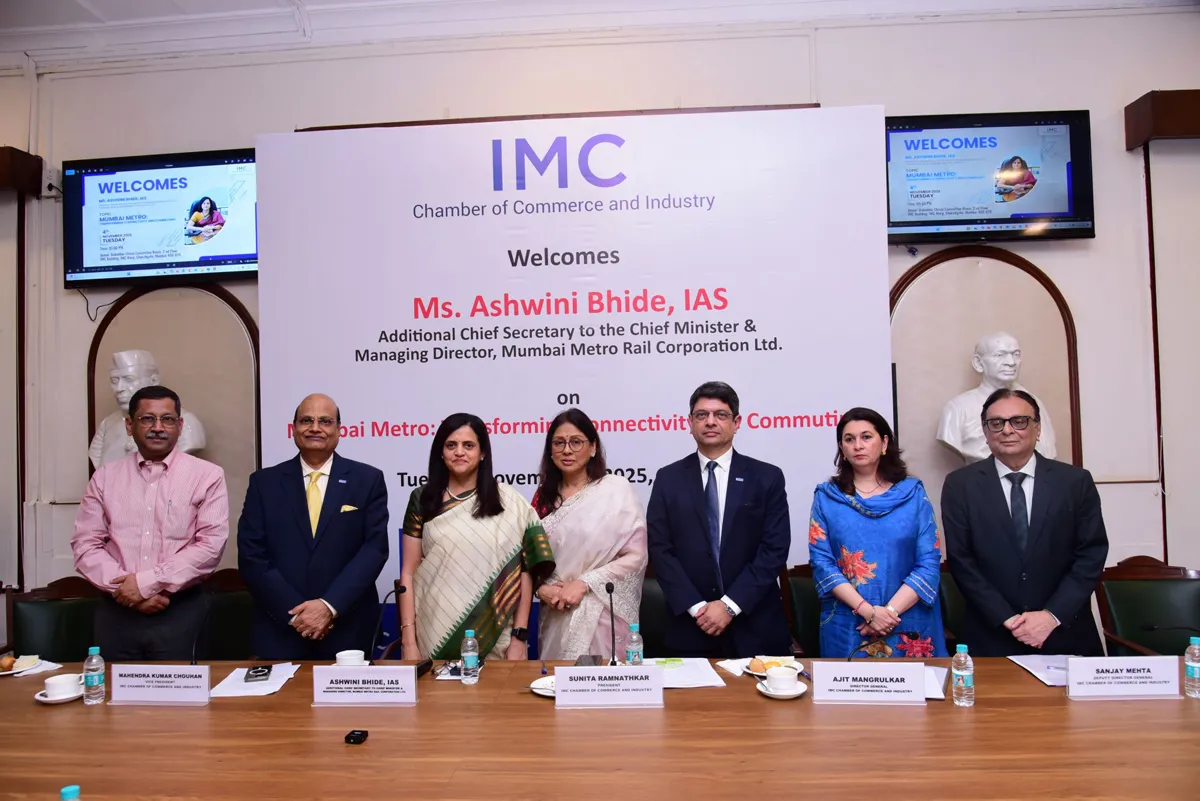Silane nanotechnology-based additives are the solution to India's potholes and weak roads, and offer an innovative new route.
A report by the Planning Commission says that the Indian Government is spending Rs 21,700 crore on maintaining roads every year. This includes 3.5 lakh km of roads under the Pradhan Mantri Gram Sadak Yojana (PMGSY) and non PMGSY of 25.2 lakh km. This is an area of grave concern and has to be solved with the use of innovative materials and technologies - such as silane nanotechnology-based additives, which establish a stabilised soil base and reduce aggregate and bitumen consumption along with the cost. Vivek Kane, Executive Vice President, Zydex Industries, speaks to AHLAM RAIS on these new ingredients that enable the creation of water-resistant and long-lasting roads.
Overview
All construction materials such as soil, bricks, sand, cement and stone have one thing in common: silicates. Owing to the presence of these silicates, the surface of these materials contains OH (hydroxyl) groups. Because of this, its surface has affinity to water and hence they have a tendency to absorb water. The new silane nanotechnology-based additives, chemically react with the OH groups and form a strong Si-O-Si (Siloxane). This converts the surface from polar hydrophilic to non-polar hydrophobic surface making it waterproof.
Dissecting the layers
Roads comprise four diverse layers - sub-grade soil at the bottom, followed by the granular sub-base, stone layer and bituminous layer at the top. The additives address the problems of all these layers. The sub-grade soil comprises a combination of silt, clay and sand. Depending on the proportion of these elements, the soil is either expansive or non-expansive. Expansive soil absorbs water, expands and leads to the development of cracks on drying. Hence, it is not suitable for road construction. If the sub-grade soil goes through such wet and dry cycles, it puts the top layer under tremendous stress. Often, cracks witnessed on the surface are because of such expansion and contraction of the sub-grade soil and not because of poor construction work.
Applying nanotechnology
There are two methods of carrying out this procedure. In the first process, the soil is compacted and the additives are sprayed on it; once again, it is filled with soil and compacted followed by another round of spraying. Similarly, one can build waterproof layers, layer by layer. At the same time, it also treats the sides, creating a waterproof cage through which water cannot enter. In the second method, instead of a surface spray application, the additives are thoroughly mixed with soil and then the other layers of the road are placed. This is slightly more expensive as it requires more material. In this process, not only the surface but the whole soil layer becomes water-resistant. The granular sub-base, the second layer from the bottom, can be eliminated with the usage of these additives, resulting in huge cost savings. The next layer is the stone layer; here, bonding of the stone layer with the asphaltic layers is an issue. Hence usually, a prime coat - spray of bitumen and water emulsion - is applied on the stone layer.
However, when the additives are mixed with the bitumen emulsion it penetrates into the stone layer and chemically bonds with it. As a result, when the bituminous layer is placed on top of these layers, it bonds well with them too. In this process, there is no slippage and a perfect layer is created that behaves like one unit. The bituminous layer at the top is a mixture of small aggregates and bitumen. The additives are first mixed with molten bitumen before mixing aggregates with it. When the aggregate is mixed with this bitumen with additives, the additive molecules quickly travel to the surface of the aggregate and chemically react with the OH groups present, converting the surface from water-loving to asphalt or bitumen-loving surface. The bitumen can now easily bond with the aggregate. Such chemical bonding between the bitumen and the aggregate eliminates stripping and increases the life of the pavement.This Hot Mix Asphalt - (HMA) is then laid and compacted.
Plus points
Different construction sites possess various types of soil. At times, when local soil does not have adequate load bearing strength, soil is required to be brought from long distances, leading to cost escalation. With the help of silane nanotechnology-based additives, one can make use of the local soil. It reduces moisture permeability by 1,000 times and maintains breathability. It strengthens the soil by increasing the California Bearing Ratio (CBR) of soil, reduces soil expansiveness by 90 per cent and eliminates cracking.
At times the granular sub-base layer can be replaced by such stabilised soil, saving consumption and offering a huge cost advantage. It also allows saving of bitumen in the prime coat - between the stone layer and asphaltic layer; and tack coat between the two bituminous layers. Bitumen emulsions contain 60 per cent bitumen content. With the help of the additives, residual bitumen can be cut down to half easily. Even at low residual bitumen, the bond coats provide complete coverage and 100 per cent stress transfer. The additives also make the bond coats settle quickly.
Lifeline
A normal well built road in India is required to be resurfaced every five to seven years. This is an expensive exercise. If a road is built with these additives, it is expected to double the life of the road, making maintenance-free over a long period. The process of using these additives is the same for rural and urban roads.
Government backing
Diverse government agencies such as the Ministry of Rural Development, National Rural Road Development Agency and National Highway Authority of India have already been educated on the benefits of these additives. They are willing to adopt new technologies. In May 2013, the National Rural Road Development Agency announced that new technologies or materials have to be used in at least 5 per cent of rural roads. As a result of this, with the assistance of these additives, we have carried out construction work on about 3.5 km of the rural roads in Gujarat and 40 km of rural roads in Karnataka.
Number zone
Bitumen consumption in India was 4.5 million metric tonne in 2011-12 at a cost of Rs 18,000 crore. Nearly 80 per cent valued at Rs 14,400 crore was used to resurface roads. By doubling their life, this nanotechnology additives can save Rs 7,200 crore annually in bitumen savings alone. The entire process for per-lane km depends on the design of the roads; a good road typically costs about Rs 2-3 crore. If this nanotechnology is applied to waterproof existing roads, it will cost about Rs 12,500 per-lane km, one-time. Once this cost is incurred, the government can save Rs 21,700 crore, year after year.
Current hurdles
India as a country is slow to adopt new materials and techniques. The Government needs to change this perception and adopt new technologies for road construction to reduce costs and build long-lasting roads.
Driving ahead
Roads have already been constructed with silane nanotechnology-based additives in the US, Canada, Mexico, Colombia, Peru, Spain, Nigeria and Ghana. It's about time India woke up to the advantages of this nanotechnology in a big way.
Winning innovation
Marico Innovation Foundation is a non-profit organisation that assists business and social organisations to enhance economic and social values by making use of breakthrough innovation. Its innovations awards recognise the greatest innovations within the Indian business and social sector. Ajay Ranka, CEO, Zydex Industries, has received 'India's Best Innovations' award for its additives on the basis of uniqueness, impact and sustainability. "We are extremely thrilled upon winning this prestigious award," he says. "The unique nanotechnology-based additives will surely revolutionise the way roads are designed and built today." The company was also recognised and awarded by the International Road Federation (IRF) in the form of the IRF Global Road Achievement Award (GRAA) for 2013, in the research category.
To share your insight on an interesting construction material, write in at feedback@ASAPPmedia.com



















